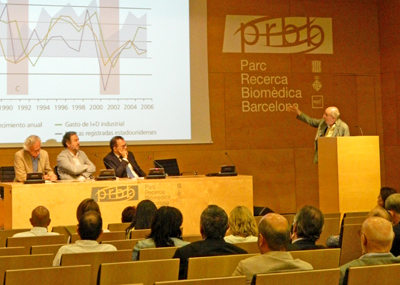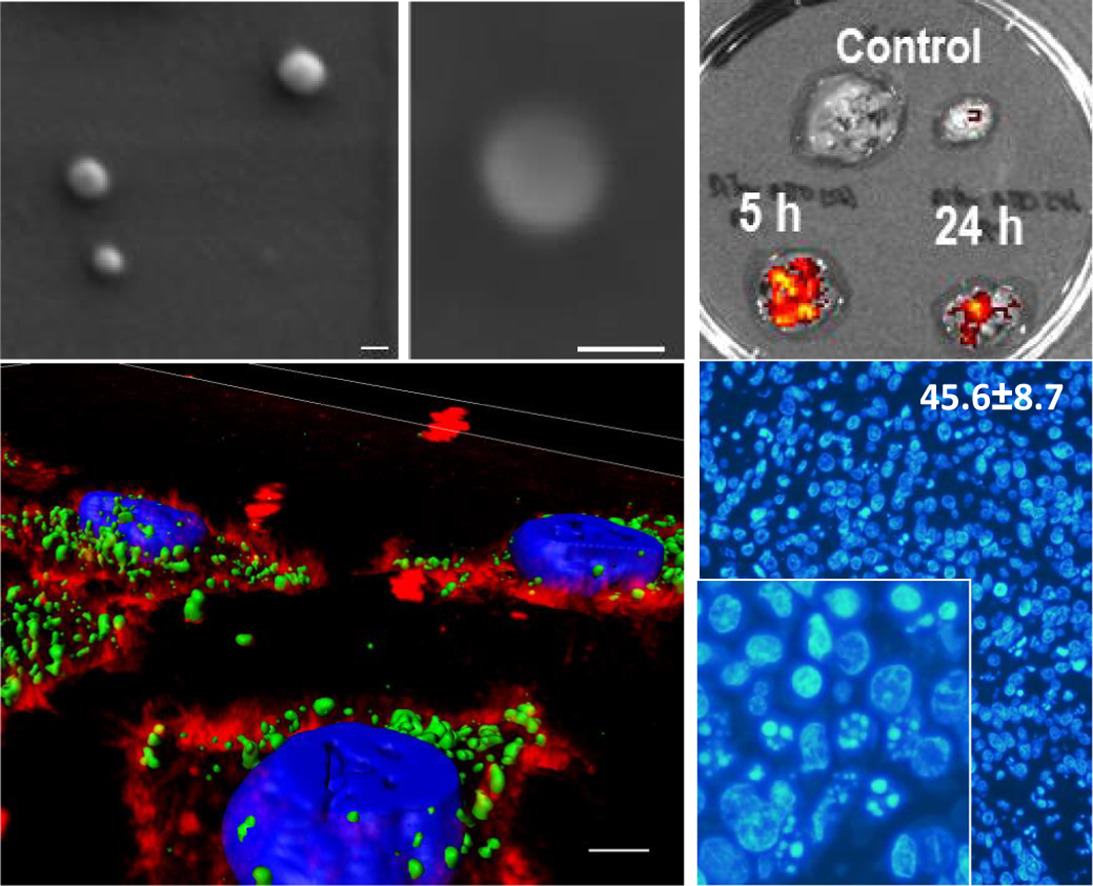Josep Samitier, Scientific Director of NANBIOSIS Unit 7, Panelist in a round table about the current situation of biomedical research
Last month NANBIOSIS Unit 7 Nanotechnology Unit Scientific Director Josep Samitier was one of the panelists in a round table organised by the Cercle de Salut, an association devoted to improving the health system so that it may respond adequately to the challenges posed by society.
In the discussion at the Parc de Recerca Biomèdica de Barcelona (PRBB) entitled ‘L’excel·lència en la recerca, reptes immediats’, Josep and the other participants – ISGlobal director Antoni Plasencia and IrsiCaixa director Bonaventura Clotet – discussed the current situation of biomedical research in Catalonia. In particular, the hot topic under discussion was the impact that recent regulatory and administrative changes may have on its competitiveness.
Samitier is a key figure of influence in this area, not only as president of ACER (the Associació Catalana d’Entitats de Recerca, but also with IBEC being a member of SOMMa, the alliance of the country’s 41 Severo Ochoa and María de Maeztu units. One of SOMMa’s first actions was the document ‘Informe SOMMa: Acciones necesarias para salvaguardar la competitividad de la ciencia’ to attract the attention of politicians to address some of the problems currently hampering research in the country, such as VAT deduction, public contracting, and the hiring of personnel.
The proceedings began with a presentation of the document on behalf of SOMMa by Bruna Vives, managing director of the CRG, and the round table moderator was Jordi Camí, director general of the PRBB and the Fundació Pasqual Maragall. The session was closed by Cercle de Salut vicepresident Lluis Bohigas.


















